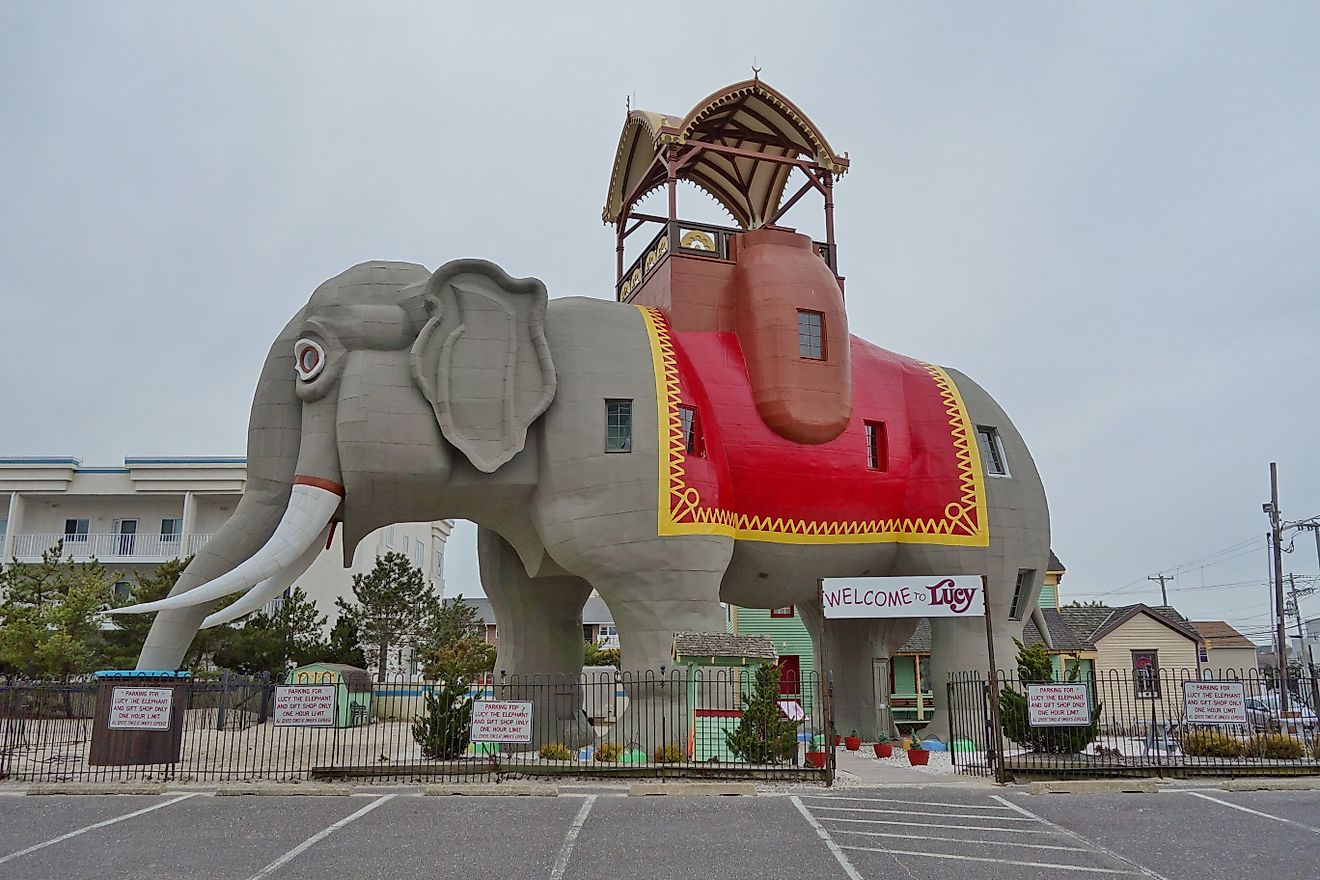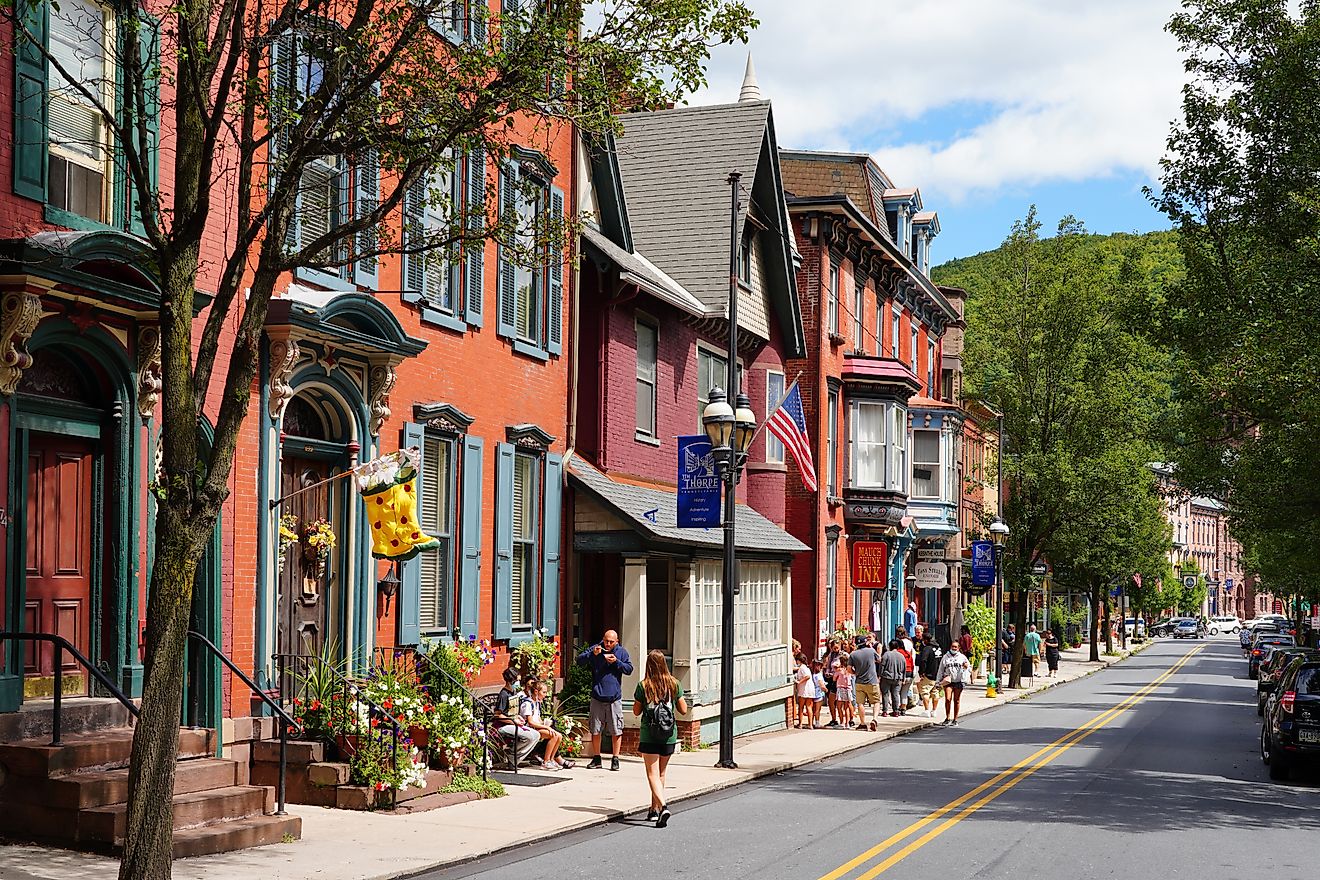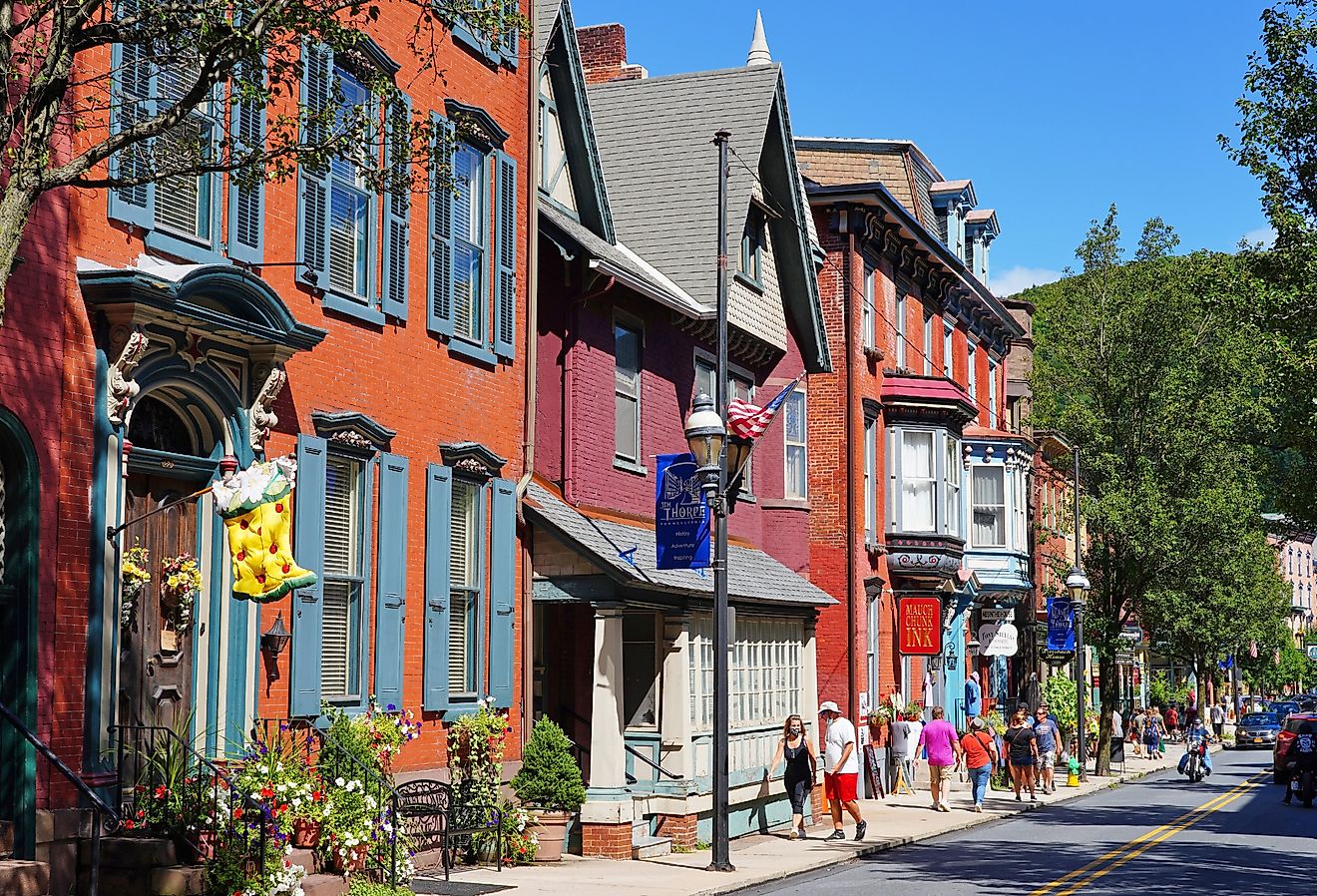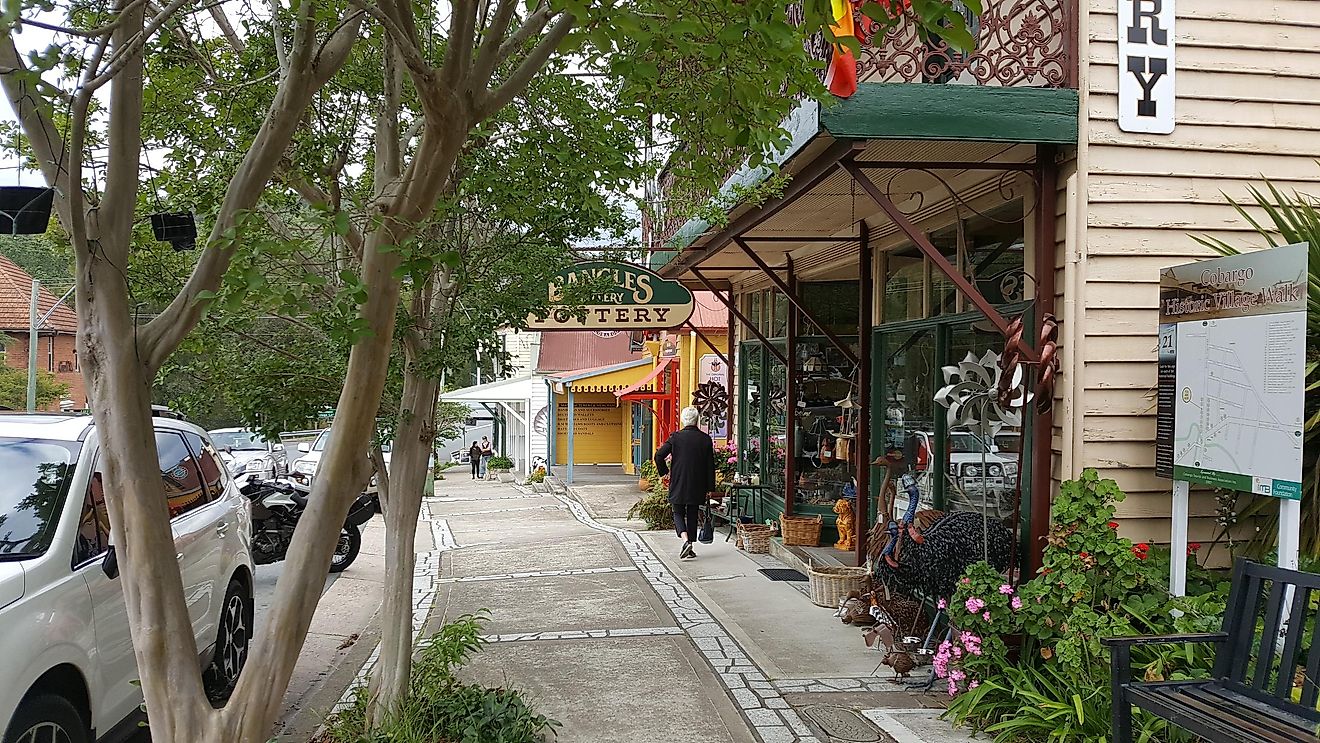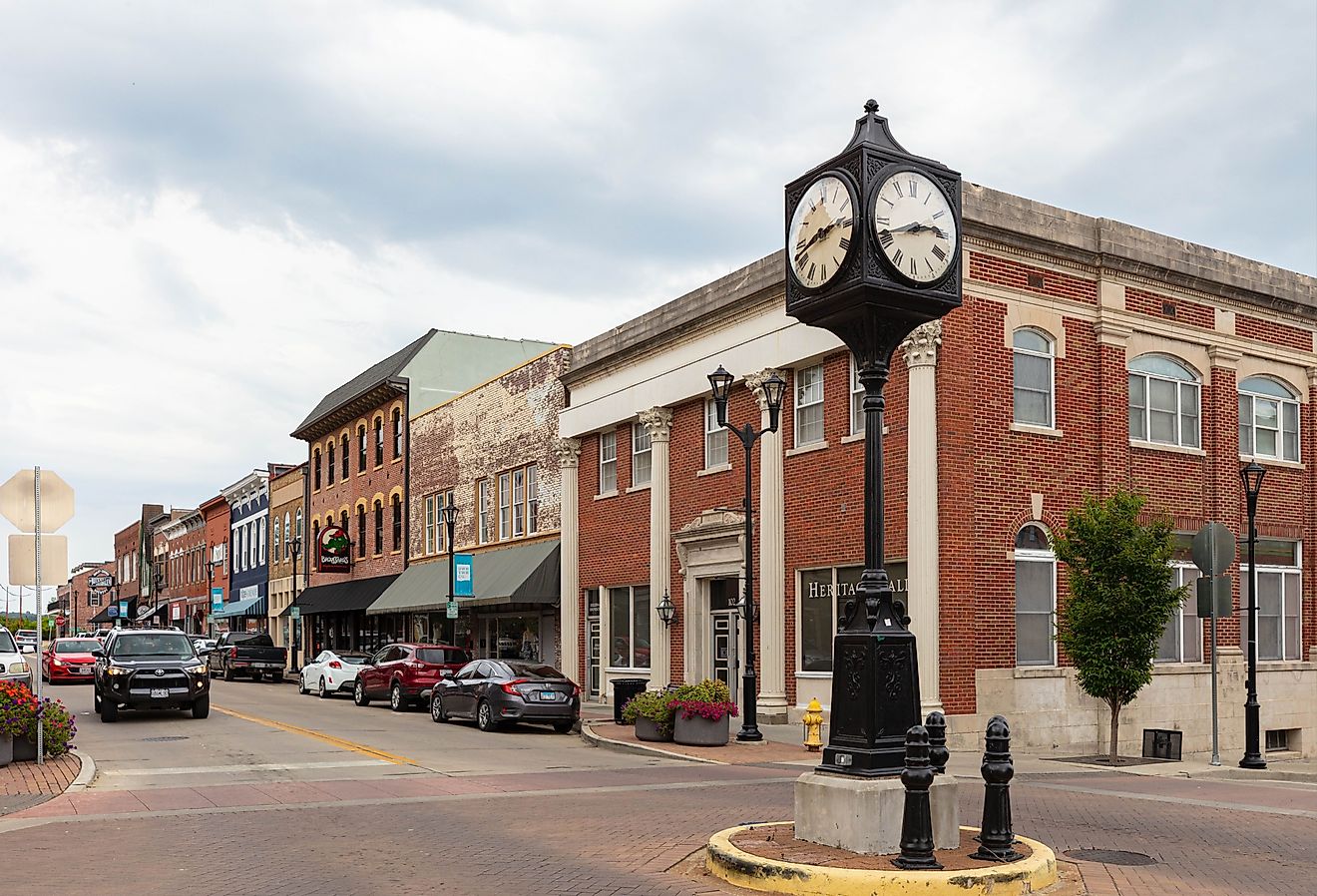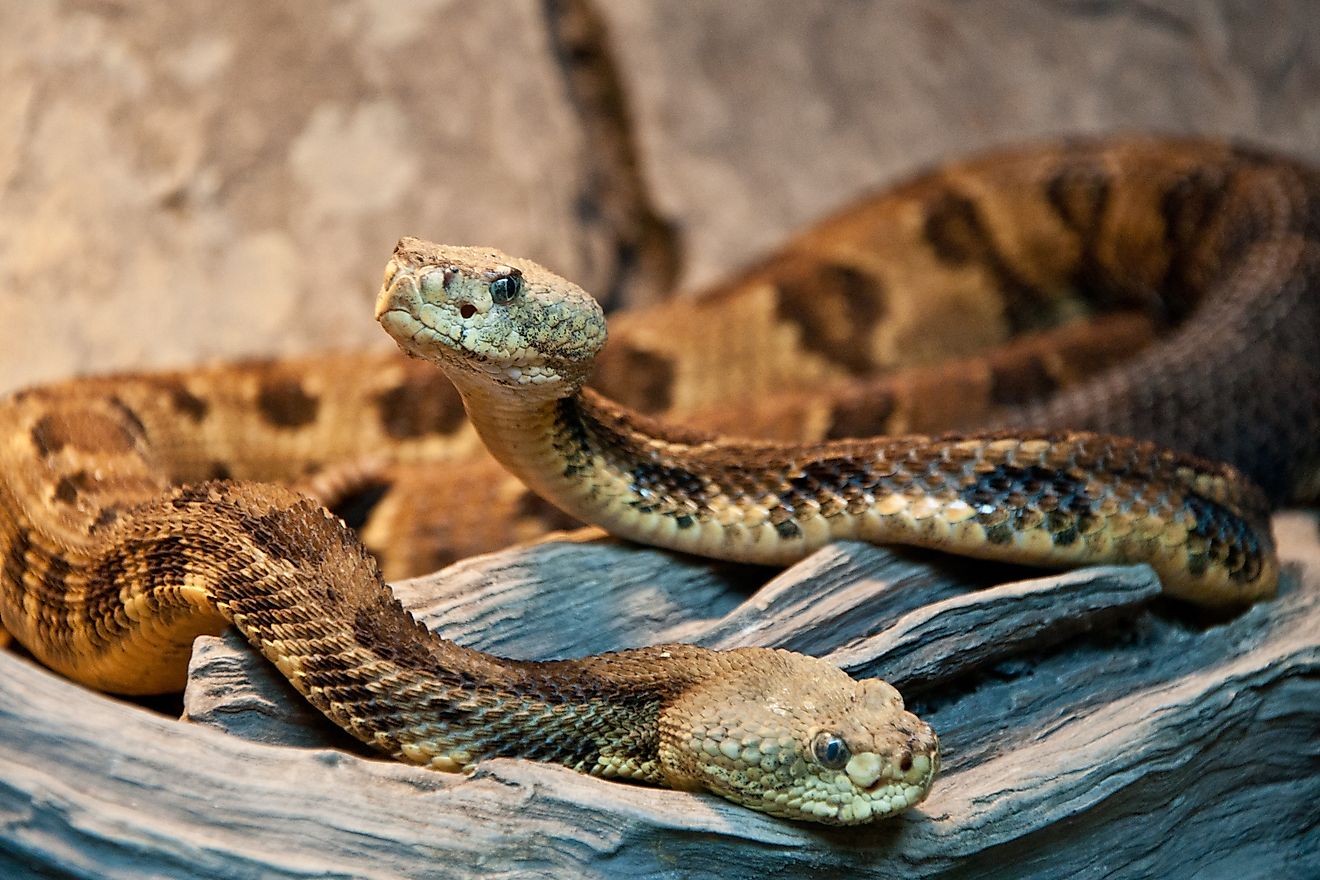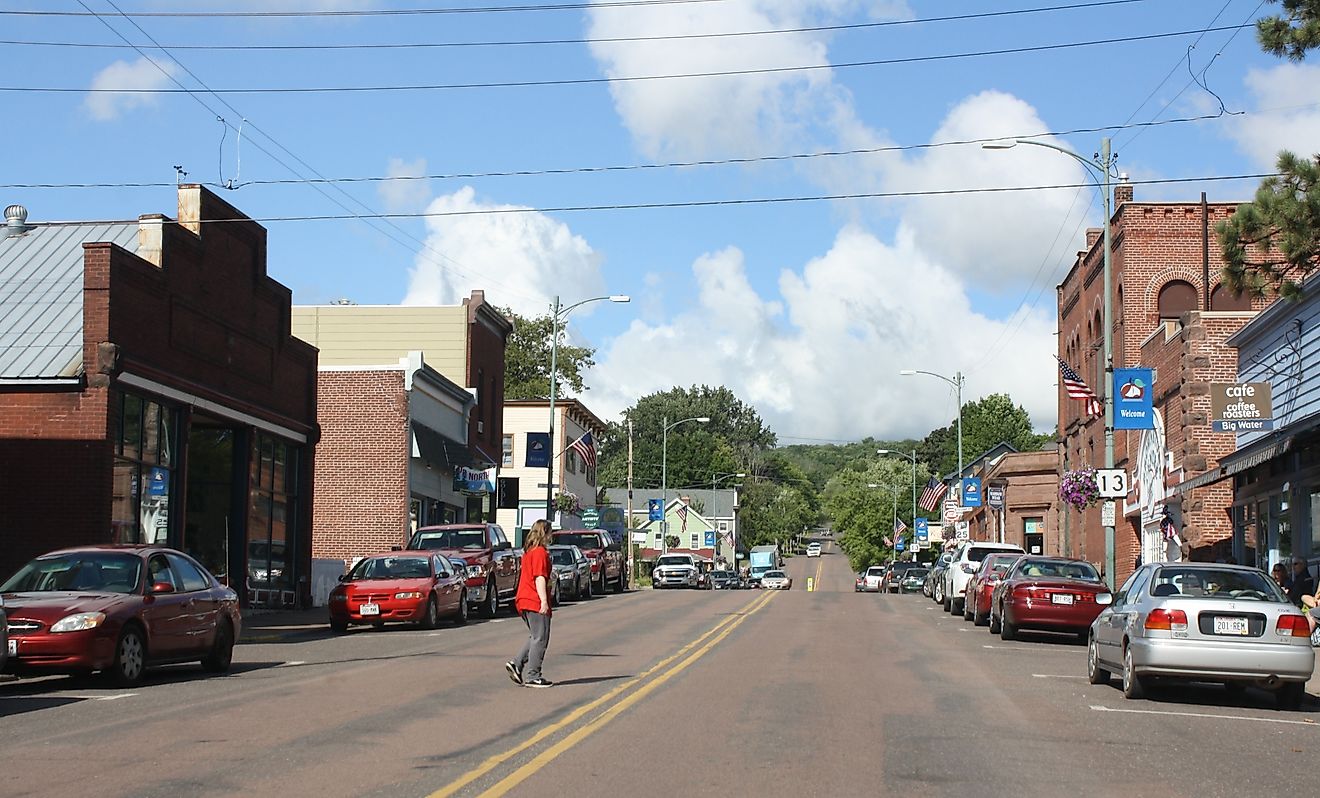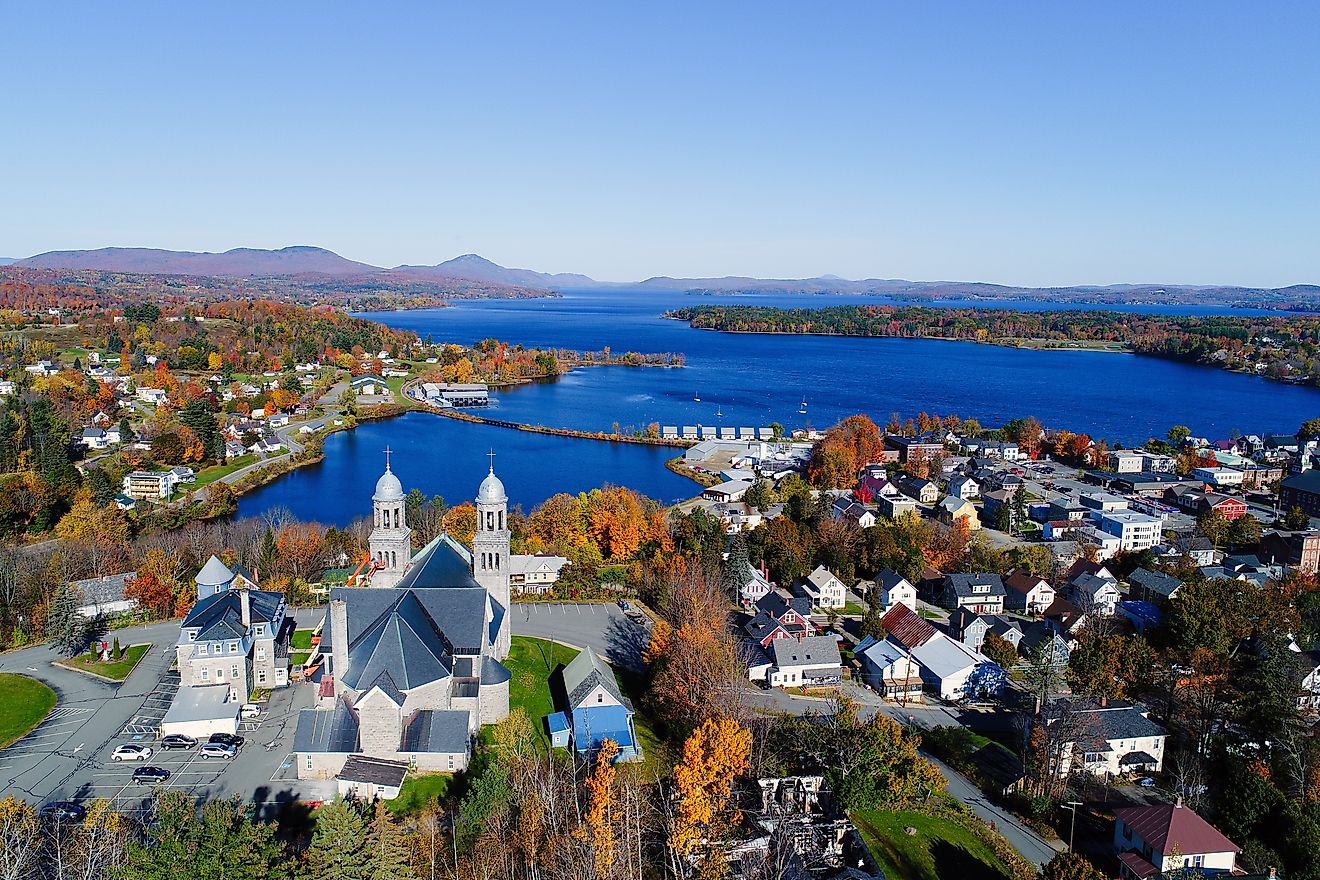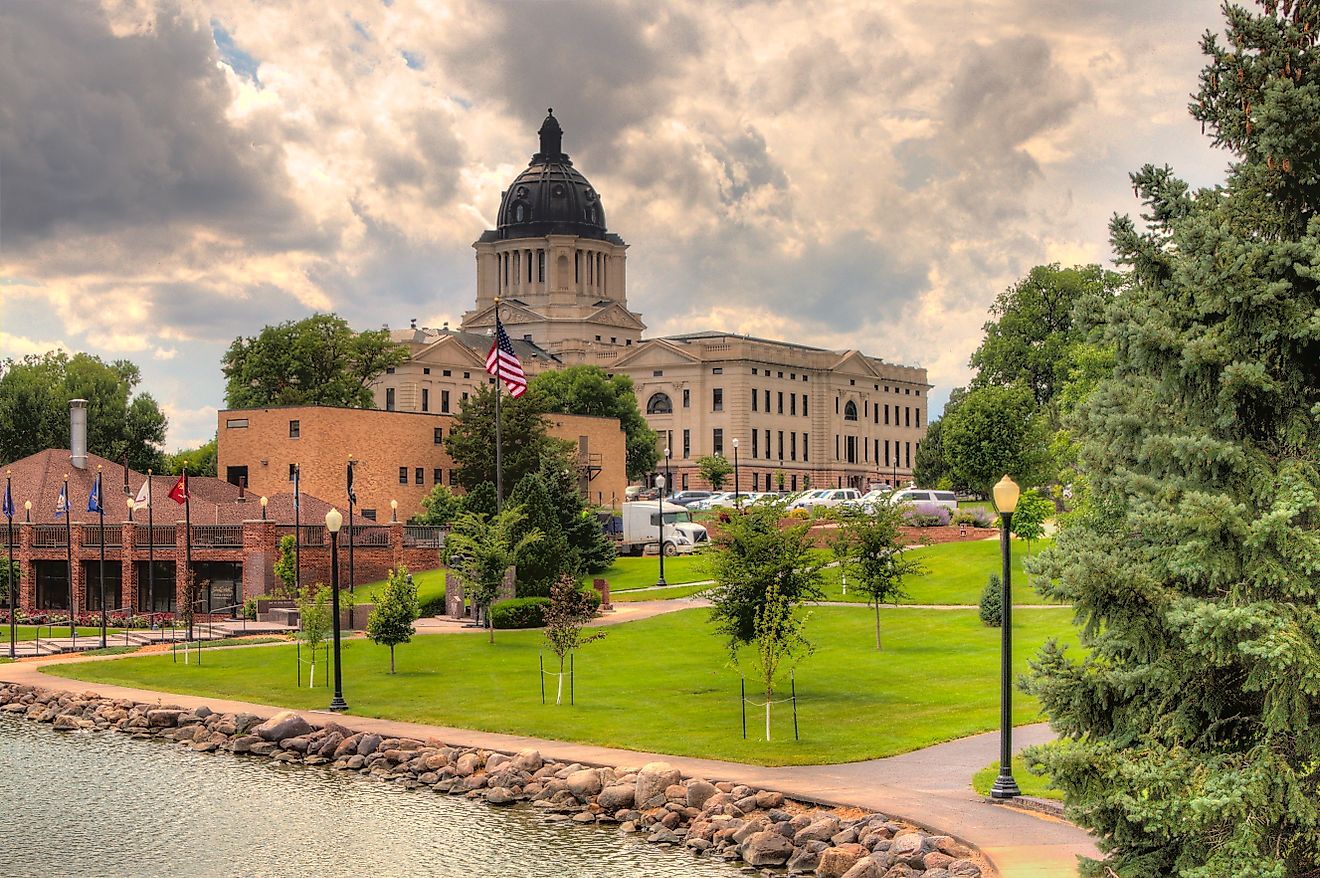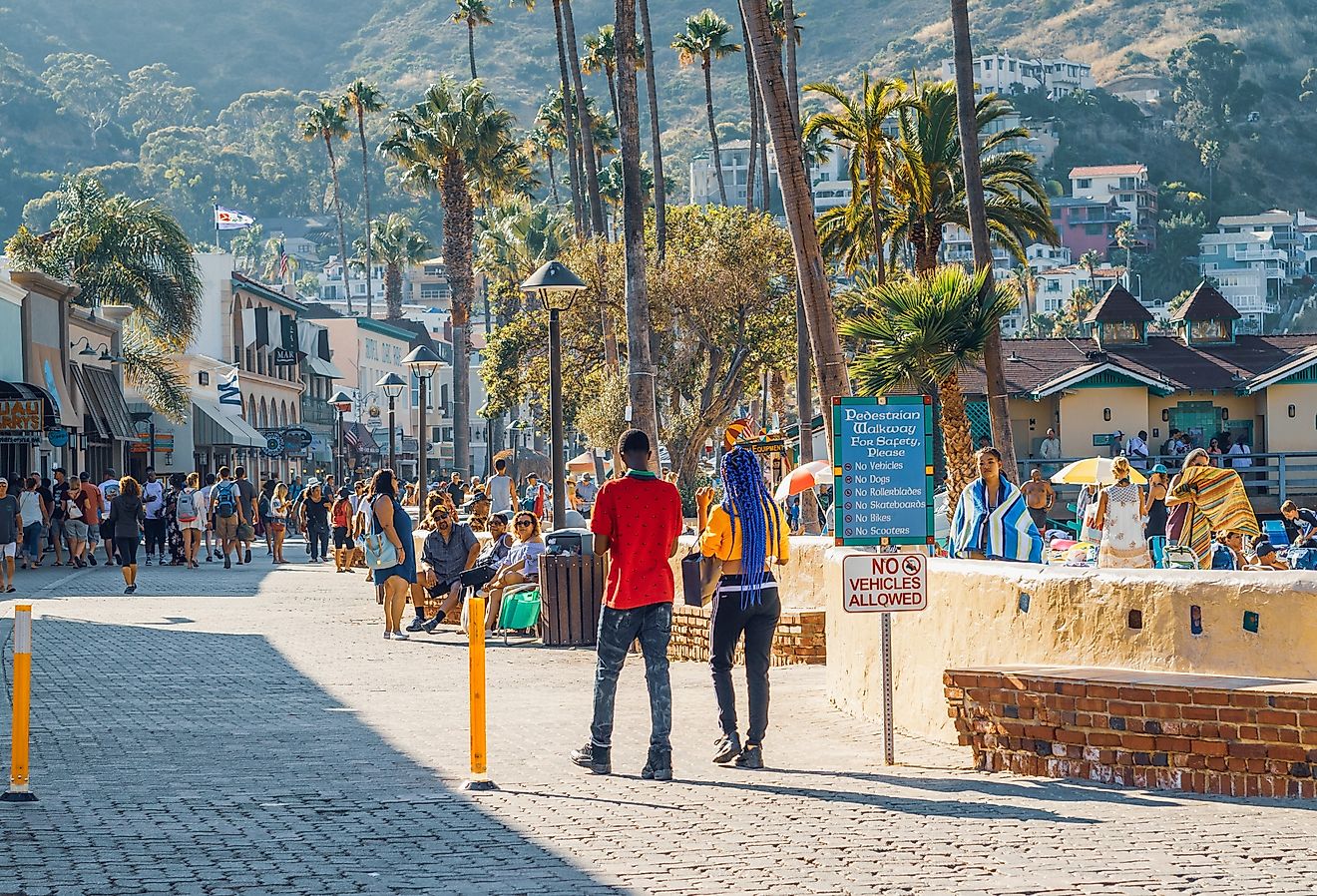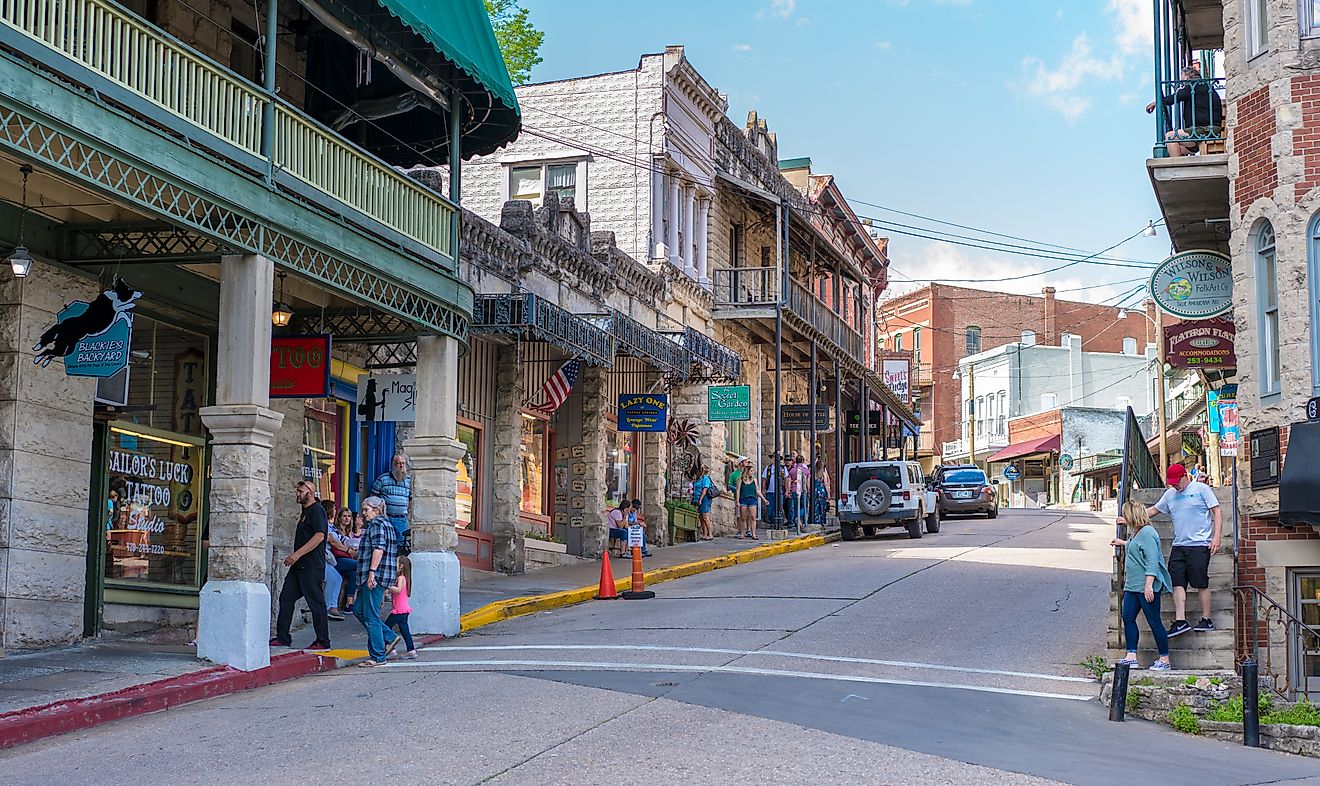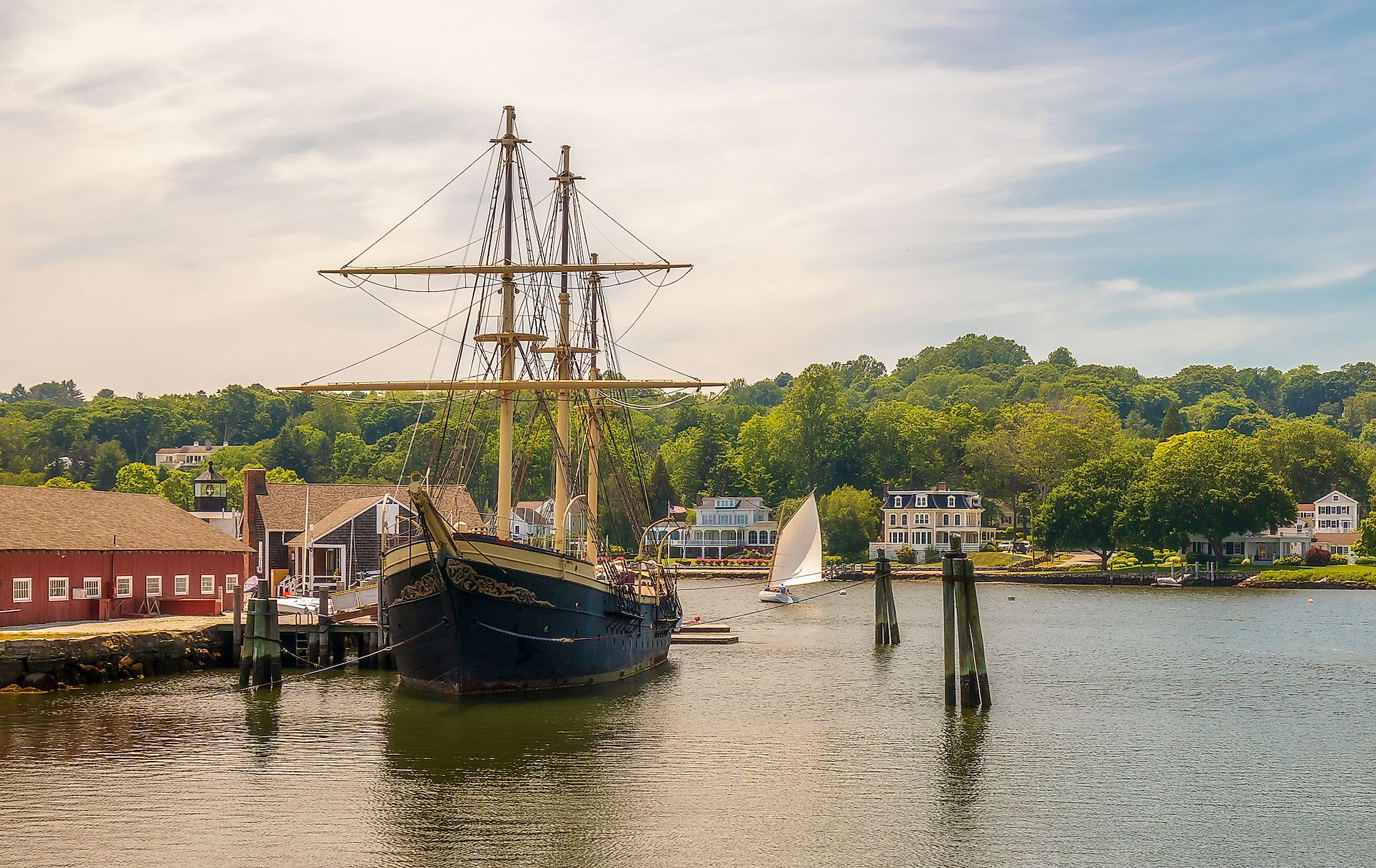
Mystic, Connecticut
Mystic is a historic resort village and a census-designated place located in the Groton and Stonington towns, in New London County, in the southeastern part of the US State of Connecticut. The village of Mystic is situated on the banks of the Mystic River, which drains into the Fishers Island Sound and provides access to the Atlantic Ocean through the Long Island Sound. The name “Mystic” has been derived from the native Pequot term “missi-tuk,” which refers to a “great tidal river.” Mystic initially served as the State’s significant seaport and, at present, is a popular New England tourist destination attracting a lot of tourists to this picturesque location.
Geography Of Mystic
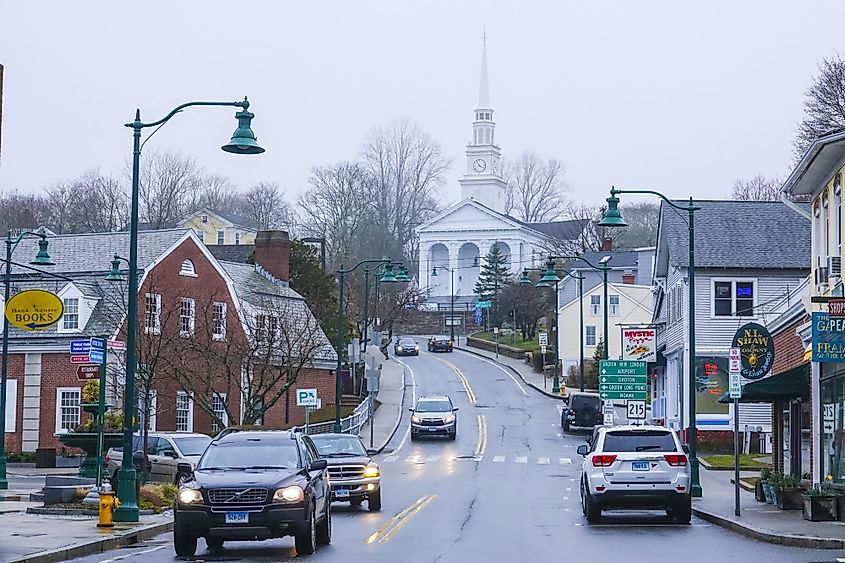
This census-designated place covers a total area of 9.5 sq. km, of which 8.5 sq. km is occupied by land and 1.0 sq. km is occupied by water. The village is located on the eastern and western banks of the Mystic River estuary, the southern part of which is occupied by the inhabited Mason’s Island. There are three historic districts in Mystic. These include the Mystic River Historic District located around U.S. Route 1 and Route 215; the Mystic Bridge Historic District located around U.S. Route 1 and Route 27; and the Rossie Velvet Mill Historic District located between Bruggerman Place and Pleasant Street.
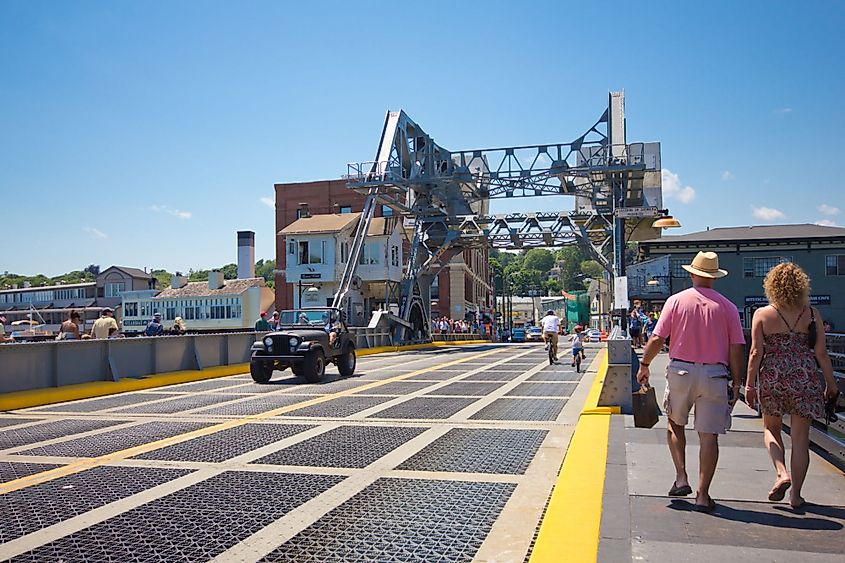
Some of the most prominent tourist attractions in Mystic include the Mystic River Bascule Bridge spanning the Mystic River and carrying vehicles and foot traffic via the 10m wide U.S. Route 1 directly into the tourist district. The Mystic Museum of Art, located at 9 Water Street, exhibits the artworks of contemporary American artists as well as members of the Mystic Art Colony. Also located in the village is Mystic Aquarium that holds a collection of several animals, including beluga whales, California sea lions, Steller sea lions, Pacific and Atlantic harbor seals, northern fur seals, African penguins, spotted seals, Japanese spider crabs, etc.
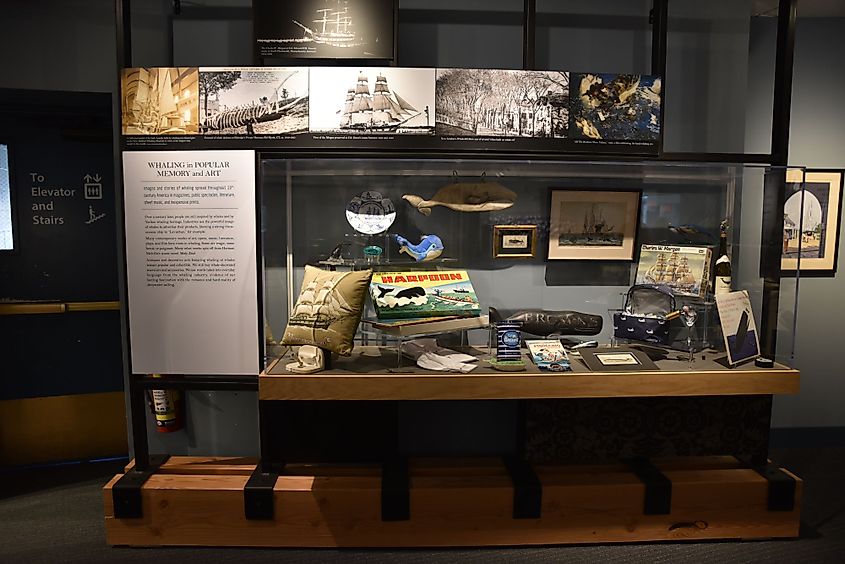
One of the nation’s leading maritime museums, the Mystic Seaport covers 0.077 sq. km along the banks of the Mystic River and is widely known for its rich collection of historic buildings, sailing ships, and boats of a 19th-century coastal village. Four vessels in the Mystic Seaport, including Charles W. Morgan, Emma C. Berry, L.A. Dunton, and Sabino, have been recognized as National Historic Landmarks. The Olde Mistick Village serves as the perfect place where one can buy lovely souvenirs from the beautifully maintained shops as well as grab a bite at the best restaurants and cafes of Mystic. It is believed that a pizza restaurant in Mystic had inspired the title of the 1988 movie “Mystic Pizza” featuring the noted American actress Julia Roberts.
Population Of Mystic
In 2019, Mystic had a population of 4,249 people with a median age of 54.8. As of 2019, about 401 people (9.44% of the residents) of Mystic were born outside the country. The most common birthplace of the foreign-born residents of Connecticut is India, followed by Jamaica and Mexico. The largest ethnic groups in Mystic are the non-Hispanic White representing 92% of the village’s population, Asians at 2.45%, Hispanic group at 1.53%, African Americans at 1.39%, and others at 1.15%. As of 2019, the median household income in Mystic was $94,102, and the median property value was $428,500. The average car ownership in Mystic was two cars per household.
Brief History Of Mystic
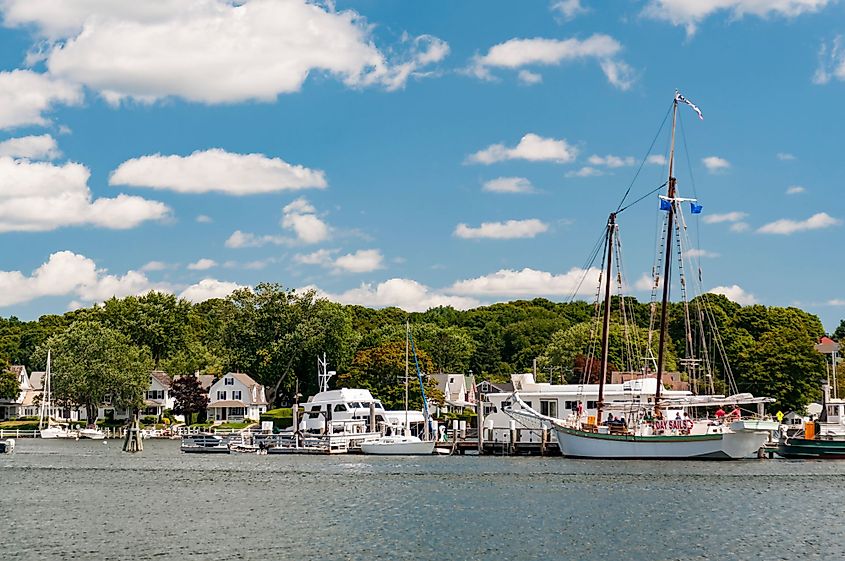
It is believed that before the 17th century, this part of southeastern Connecticut was inhabited by the indigenous Pequot people. The large territory occupied by the Pequot people was bordered by the Connecticut River in the west and by the Pawcatuck River in the east. The Iroquois dominated the land located to the northwest of the Pequot territory. The Mystic area was greatly affected between 1636 and 1638 due to the Pequot War. On May 26, 1637, the Mystic massacre took place, where the Connecticut colonists and their allies killed more than 700 Pequot civilians. The Pequot War officially ended after the signing of the Treaty of Hartford by the colonists on September 21, 1638. After the Pequot War, the English settlements increased in the area. Conflicts regarding the boundaries began to grow between Connecticut and Massachusetts Bay Governments. In 1643, the United Colonies of New England was formed to settle the disputes. It was then decided that Massachusetts Bay would have the land in the east, while Connecticut would have the land on the west of the river. In due course, several colonists settled around the Mystic River. At the beginning of the 18th century, three villages, namely Mystic (Old Mystic), Stonington (Lower Mystic), and Groton (Portersville), had begun to develop along the Mystic River. Mystic’s economy depended on agriculture, road building, manufacturing, and maritime trades during this time. At the beginning of the 19th century, Mystic began to develop as a well-known shipbuilding and whaling center.

